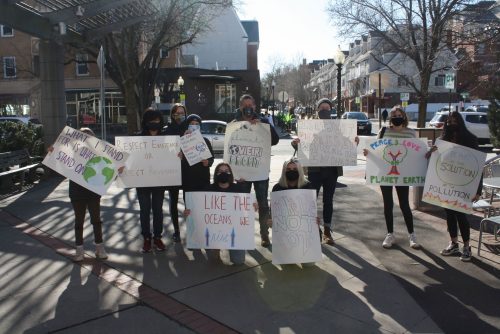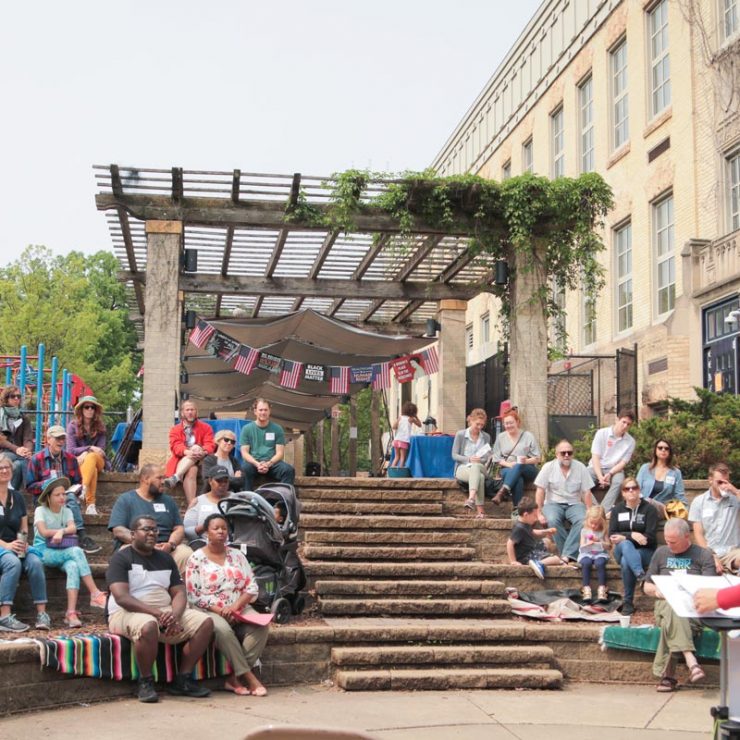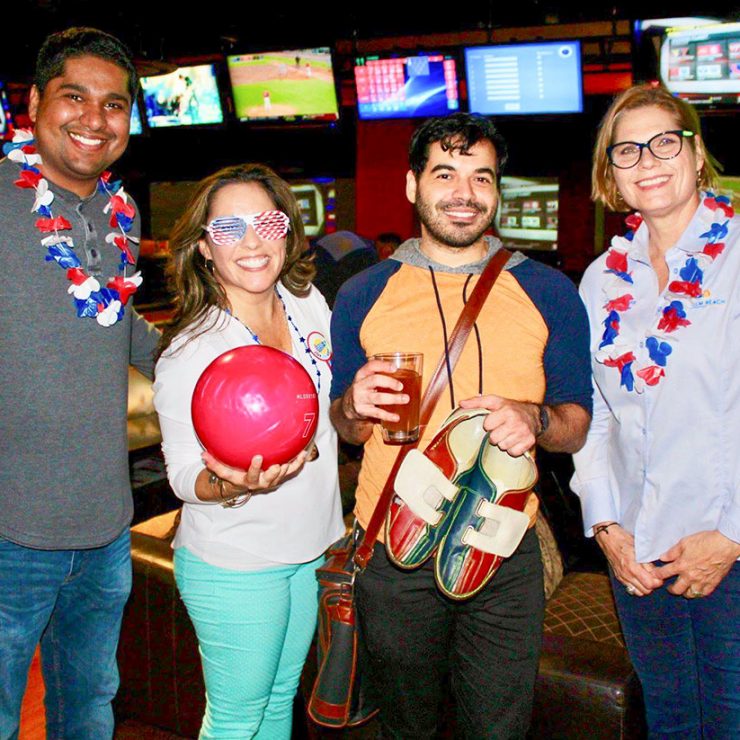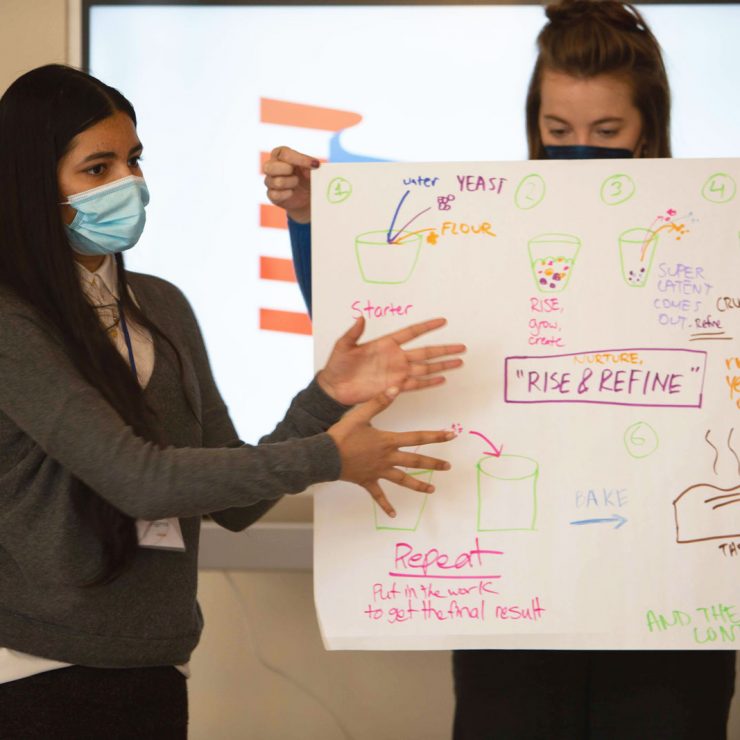They say power can be found in the most unexpected of places. That rings more than true for budding climate justice activist and Youth Collaboratory alum Harmonie Ramsden.
“I lived on a cul-de-sac. Our mayor was trying to take this whole lake at the bottom of it and make it into a hotel,” Harmonie shared with us. “I was just so annoyed about it because my friends and I always went there to play. We would walk on the ice during the winter and go around and listen to the birds and walk around the forest. It was just very disconcerting to me.”
After recognizing how much her community valued their natural surroundings, Harmonie presented to the mayor and ultimately convinced him to turn his empty promises into action. The project was reversed!
So how did she do that? How did a young person like Harmonie build power out of thin air to pressure the mayor?
“A lot of the people in our cul-de-sac ended up making this movement called Save Davidson. We were working towards keeping that area as a lake with the forest and the natural infrastructure, so we were doing protests, lemonade stands, selling merchandise, walking into town council meetings, and just protesting for all of this for over a year and a half.”
With community organizing, perseverance, and a bit of lemonade, Harmonie’s cohort of Davidson residents succeeded in voting their mayor out of office, and electing a candidate who represented their values and developed the lake into a park rather than tearing it down.
While the Save Davidson campaign might have been Harmonie’s first tousle with the climate justice movement, it definitely wasn’t the last.
Learning to read and write power
When Harmonie joined Citizen University’s fifth Youth Collaboratory cohort, she began coalescing our lessons of power with her passion for climate justice to craft her power project.
“My power project really stemmed from that idea that people can make change. I had never thought about climate change before that moment but when it actually came to my doorstep.”
Harmonie tackled collective challenges that she’d noticed seeping into the movement — inaccessibility and climate anxiety. She defined climate anxiety as, “people seeing this whole crisis and feeling like they aren’t able to do anything because it’s a huge issue. It’s universities. It’s multinational corporations. It’s billionaires.” She adds that, “it seems like it’s such a daunting task to be able to fight against climate inaction and really promote change in your communities and globally.”
Something that my power project was working on was making sure that people feel like they can have access to the movement and that they can make changes in their life.
To achieve this, Harmonie mobilized the lesson of power she’d learned in the Youth Collaboratory. “A big thing we talked about in the Collaboratory was sharing power and giving people who haven’t had the opportunity to speak up the ability to do so.”
Her power project was putting on a Climate Week in her community of Princeton, New Jersey with over 100 attendees for virtual and in-person events. From putting on protests to sewing masks to having the Gender Sexuality Alliance talk about the intersections between climate change and LGBTQ rights and even having the insect eating club explain how they make different insect food, Harmonie’s Climate Week used a variety of activities to create access points into the climate movement.
Ultimately, whether she’s speaking at town council meetings as a child to putting on a community-wide climate week, Harmonie channels this lesson of sharing power in all her work.
As a youth, people don’t want to listen to you. But being able to take control of that power can really make a difference.
The three C’s
Harmonie shared with us her three key strategies to being a civic catalyst.
Creativity
“I think having a diverse set of activities helps people fight climate change in their life and take power and learn about environmental justice. Connecting what your personal interests are to the overarching idea of climate change ensures it isn’t as tall a barrier to go through.” Harmonie put this idea into action by making room for creative expression in the variety of activities throughout her Climate Week. Creating space for creativity is a “really important way for people to feel like they can bring their full selves and interests rather than to be prescribed a solution, which is never fun,” she added.
Community
During her climate week, Harmonie made people feel like they were a part of a community. “They could take it their own way and still see the way that someone else had approached the project.” The interconnectivity of being able to do that same prompt but still finding completely different results to it created a sense of community in her project, which helped bring people together around a common value.
Coalition
“Find people around you who are passionate about the same thing that you are, and work with them.” For her, one of those coalitions was the Youth Collaboratory. “There was always someone in the Youth Collab to give a helping hand or someone who was willing to provide you emotional support,” she explained.
Whether you’re trying to make waves in the environmental justice movement like Harmonie is, or tackling your own civic initiative, it’s critical to remember that “you don’t have to go through it alone.”
Aaditi Lele contributed to this piece.




